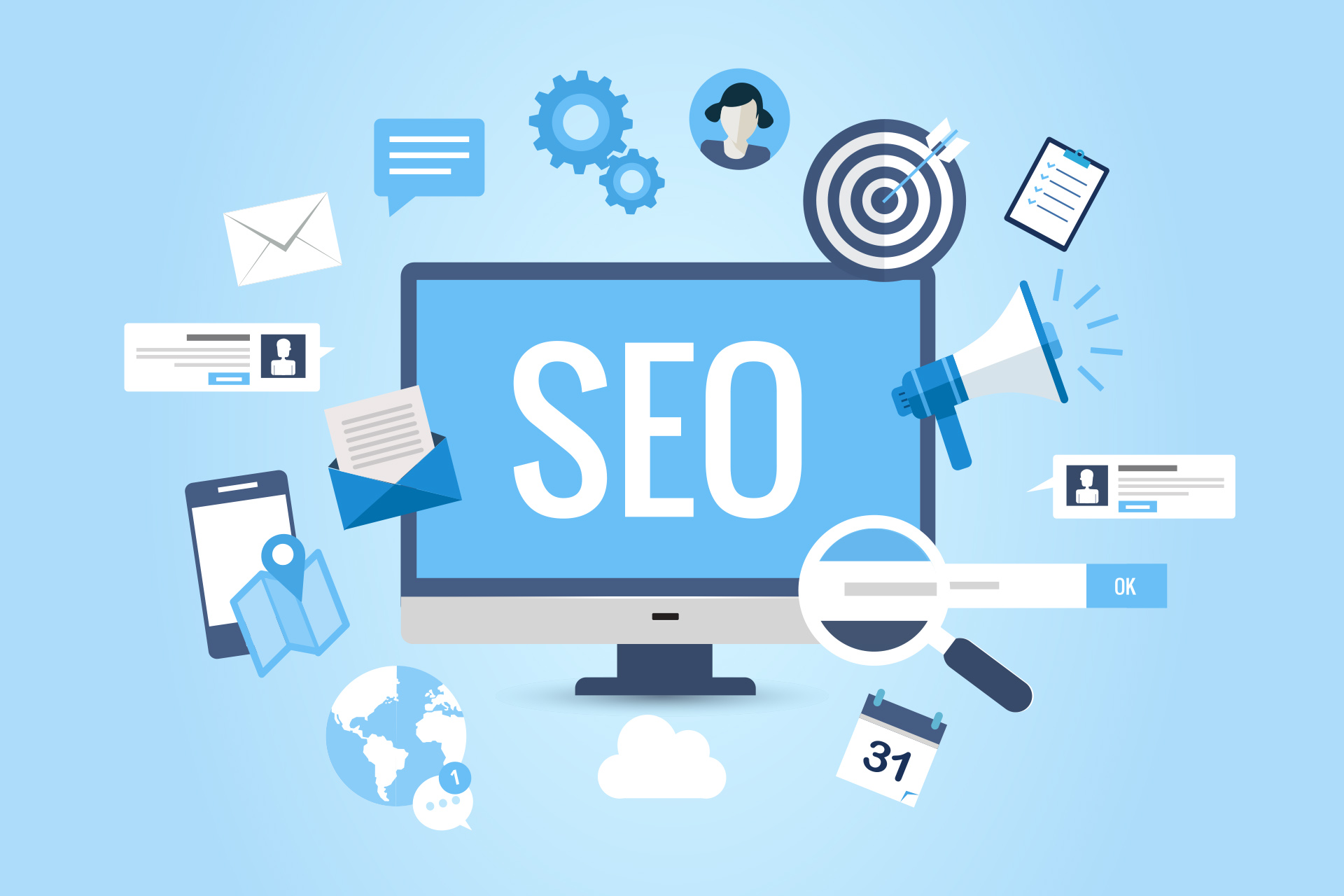Advanced SEO Strategies for Business Growth Vicky Wu Marketing Agency
You can simply use Google as you always would, and scope out the competition. But then you’d be subject to search personalization, where Google shows you what it thinks you want to see based on your past search history and website engagement behaviors. Understanding these metrics brings us one step closer to mastering SaaS writing since aligning our efforts according to real-world feedback inherently boosts our chances of success. Although multiple touchpoints within each stage complicate matters, maintaining a coherent narrative thread throughout ensures that customers move forward with you in this enriching journey.
Optimize content for Google RankBrain
 While there are many factors to consider when it comes to SEO for business growth, it’s important to have the basics down first. Here are the most fundamental things you need to do to start enjoying the benefits of SEO for business. Reed saw a 40% increase in visitors from organic and a 30% increase in organic goal completions, which included contact form submissions. This increased traffic and leads have led to increased brand awareness, conversions, and revenue. These advanced SEO strategies, however, aren’t your standard best practices that other websites, including your competitors, are utilizing, so this is how you get ahead.
While there are many factors to consider when it comes to SEO for business growth, it’s important to have the basics down first. Here are the most fundamental things you need to do to start enjoying the benefits of SEO for business. Reed saw a 40% increase in visitors from organic and a 30% increase in organic goal completions, which included contact form submissions. This increased traffic and leads have led to increased brand awareness, conversions, and revenue. These advanced SEO strategies, however, aren’t your standard best practices that other websites, including your competitors, are utilizing, so this is how you get ahead.
Holistic Search 2.0: Optimizing and Measuring Organic & Paid Performance
This is especially beneficial for smaller businesses that do not have the name recognition behind them that a larger company might have. Once you have your keyword ideas, you’ll create content that uses those keywords as inspiration for topics. For SEO DVMAGIC , if you sell knitting supplies, one of your keywords might be “how to knit a scarf.” For this keyword, you’d create a how-to article or video.
- Google adds features to its Google My Business (GMB) like crazy in pursuit of developing local search.
- Another important point to note while internal linking is to not use the same anchor text for different pages.
- SEO is an ever-evolving field, so it’s important to keep up with the latest changes and trends.
- In this scenario, you should go beyond the average historical SEO update and give it a full refresh.
About Page Keyword Optimization
In the realm of SEO, delivering high-quality, relevant information is paramount for boosting your rankings and dominating online. By continuously adapting to audience needs and behavior through personalized experiences, businesses can establish themselves as industry leaders while improving their SEO performance. Visitors spend more time exploring pages around high-value topics instead of bouncing after a quick search result click. This leads directly to increased engagement metrics, sales conversions, and brand affinity. So, it’s important to figure out where your target audience is searching and adjust your content strategy accordingly. I believe the combination of SEO and product-led growth can revolutionize the way a business grows and engages with its audience. By leveraging the power of organic search traffic and delivering an exceptional product experience, businesses can stay ahead of their competition. PLG is a business strategy that enables organizations to build products customers love and use as their primary growth lever. It emphasizes a customer-centric approach where users can experience the product before making a purchase. As the customers use the product, it is designed to share, collaborate, refer and invite new users into the product. By breaking your recommendations down into smaller action items, it’s easier for them to understand what they need to do. Everything from prices, product reviews, seller reviews, multiple images, and down to the last “Buy now click” can be facilitated without leaving Google. Google is using their new Notes feature to cultivate UGC social proof and facilitate quicker conversions. They can never replace applied knowledge, experience and expertise. For example, take a customer review and highlight that customer on Facebook or Instagram. Another idea is to share articles from your website’s blog or press release section. For Google, experience proves that the website and content creator are reputable. Evaluating experience also reduces harmful posts – especially since 90% of young adults have been exposed to negative content such as hate speech, bullying and fake images. We still stand by that, but this is specifically about high-intent keywords. These tools provide valuable insights into website performance, keyword opportunities, backlink profiles, and more, allowing you to refine your SEO strategies for optimal results. Regularly update and repurpose existing content to keep it relevant and valuable to your audience. Update outdated information, add new insights, and optimize for new keywords. Repurpose content into different formats like videos, infographics, or podcasts to reach broader audiences and enhance SEO performance. While some of the documents revealed with this information are from 2016, we now know how Google has been using click data, and based on some of the information they’ve redacted, they likely still are. This means that SEOs need to think differently about how they write and optimize content. As ever, SEO seems to be going through an existential and identity crisis. It’s clear that Google (and others) are continuing to reinvent what a “search” is, and they’re continuing to change the relationship between searches and publishers in the process.